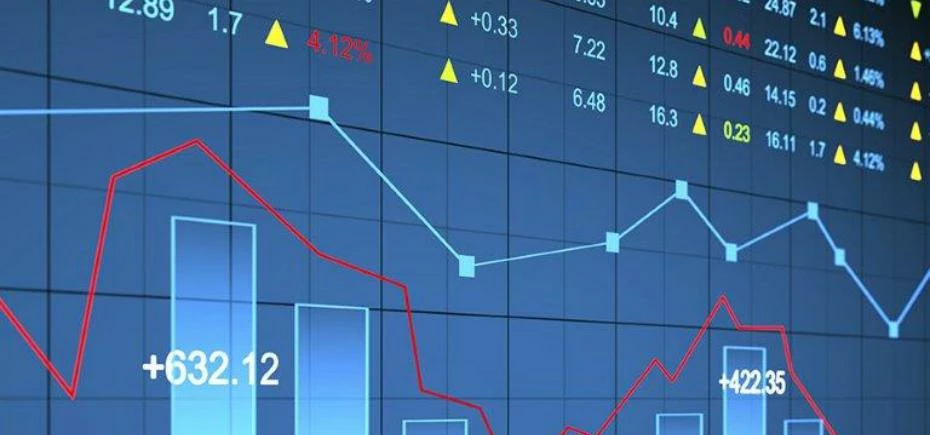
Partner Article
Latest market analysis from Gale and Phillipson
Well, 2015 is over. An… interesting year to say the least for markets (particularly during the latter part of August) there were still winners and losers this year. Some of the relative outperformers were Japanese equities (benefitting from quantitative easing still going full blast) and UK property, which has seen a lot of overseas investment.
Emerging markets started the year strongly but after peaking in April the outlook turned bleak with some indices losing over 30% of their value (from the highest to the lowest points this year). There was some recovery to the end of the year but nevertheless this was a tough year for an asset class which has once again proven it is deserving of the ‘high risk’ label.
For all the changes some things remained the same. The Bank of England held rates steady at 0.5% throughout the year and rates as low as 0.01% persisted on some savings accounts (did I mention Gale and Phillipson’s Dynamic Cash Management service?). Subtle marketing aside, while the cash situation stays steady in the UK across the pond some exciting (and much awaited) news broke this month as the US Federal Reserve raised interest rates for the first time since 2006. The rate rise was from 0-0.25% to 0.25%-0.5%, and while the numbers themselves might seem underwhelming this is generally regarded as the first significant ‘tightening’ of monetary policy since the start of the Financial Crisis (almost a decade ago now). Asian shares climbed in anticipation of the move and European shares rallied in response, giving those markets an early Christmas present.
UK: As the year drew to a close, the UK got a little present in the form of an IMF report (no. 1 on lists for Santa this year). The IMF noted that recent UK growth has been ‘strong’, mentioning the high employment and reduced financial deficit, but also mentioned that the continued high household and government debt levels reduced the UK’s position. Unfortunately these are unlikely to be much improved over the holiday period…
EUROPE: Eurozone growth slowed in December, according to the Purchasing Manager’ Index (PMI). Despite this dip in growth levels, Markit (the publisher of the PMI) noted that the last quarter of 2015 was the strongest for growth in the Eurozone for over four years. The news was welcomed following the tragic events in Paris, where following the attacks markets quickly recovered.
US: Apart from interest rate rises, the US saw another type of rise this month as a budget deal was agreed between US Congress leaders and the White House, avoiding another government shutdown. The spending bill comes in at $1.1tn (£730bn) and will fund the government through the 2016 budget year. Which means that next time there will be a new president in the White House. Presumably President Obama is going to miss the budget negotiations terribly.
ASIA/PACIFIC: It’s official – Japan was not actually in recession last quarter. Preliminary numbers indicating a contraction that would have put Japan in a quintuple dip recession (still sounds delicious) have been revised to a modest amount of growth. The reason for the difference was partially attributed to stronger business investment than expected. Banzai!
EMERGING MARKETS: Following the election of a new president Argentina will relax currency controls for the first time in four years. The devaluation saw the value of the peso fall over 30% against the US dollar overnight, but stabilize thereafter. So for anyone looking to get some cheap sun… it still probably isn’t advisable.
FIXED INTEREST SECURITIES: An interesting milestone was passed this month as a third of Eurozone bonds now carry negative yields (according to the Bank for International Settlements). In real terms, this means that €1.9tn of investments have prices so high that investors will not get their money back on maturity (and interest payments do not make up the difference). Negative yields came into particular market focus during the Financial Crisis (when investors did not trust banks to hold their cash deposits), but this time more analysts are attributing the prices to the ongoing QE program of the European Central Bank. As the program shows no sign of slowing down until at least March 2017, we may reach another milestone before then…
For more information about Gale and Phillipson, visit www.galeandphillipson.co.uk
This was posted in Bdaily's Members' News section by Gale and Phillipson .








 Confidence the missing ingredient for growth
Confidence the missing ingredient for growth
 Global event supercharges North East screen sector
Global event supercharges North East screen sector
 Is construction critical to Government growth plan?
Is construction critical to Government growth plan?
 Manufacturing needs context, not more software
Manufacturing needs context, not more software
 Harnessing AI and delivering social value
Harnessing AI and delivering social value
 Unlocking the North East’s collective potential
Unlocking the North East’s collective potential
 How specialist support can help your scale-up journey
How specialist support can help your scale-up journey
 The changing shape of the rental landscape
The changing shape of the rental landscape
 Developing local talent for a thriving Teesside
Developing local talent for a thriving Teesside
 Engineering a future-ready talent pipeline
Engineering a future-ready talent pipeline
 AI matters, but people matter more
AI matters, but people matter more
 How Merseyside firms can navigate US tariff shift
How Merseyside firms can navigate US tariff shift